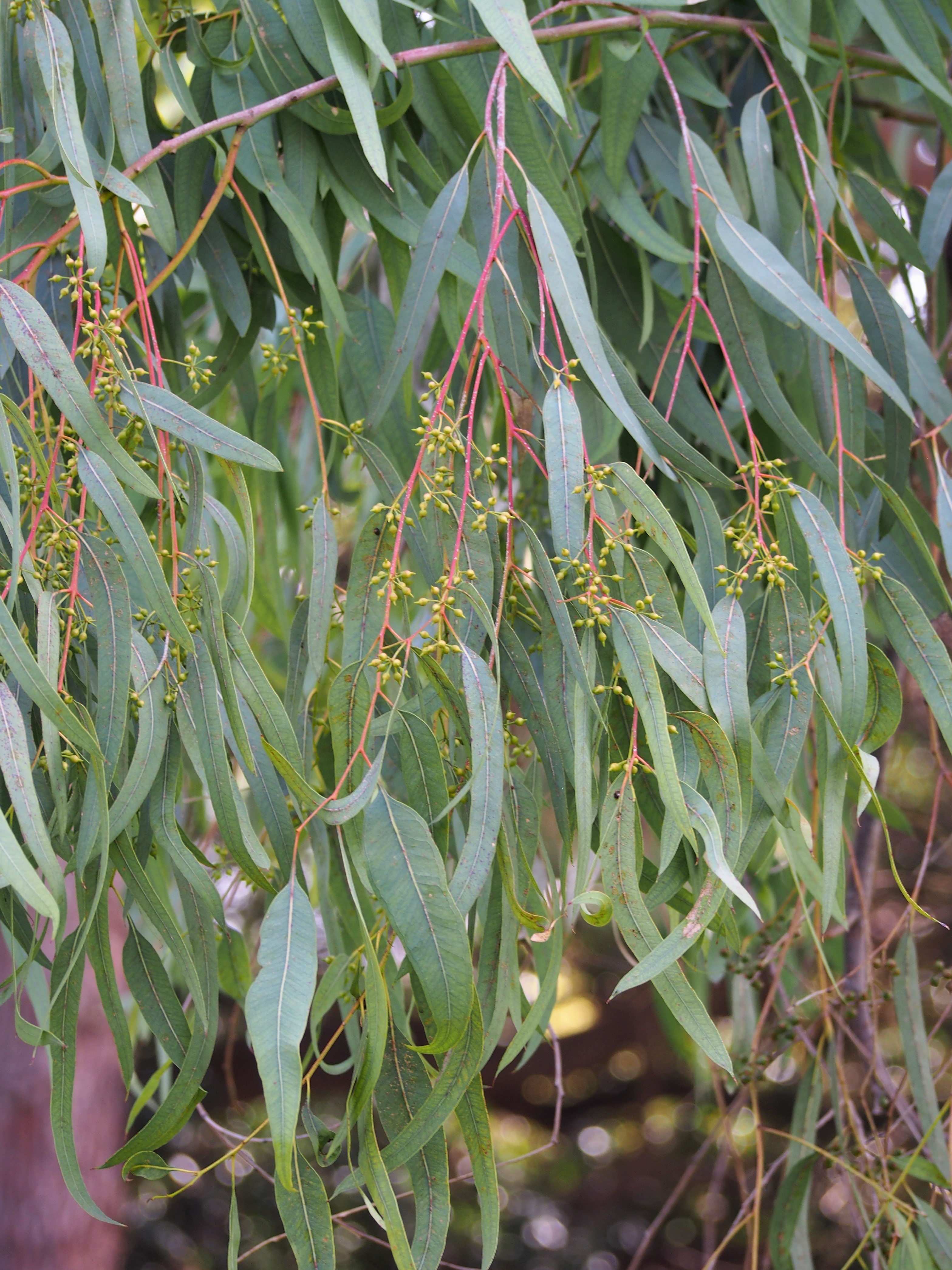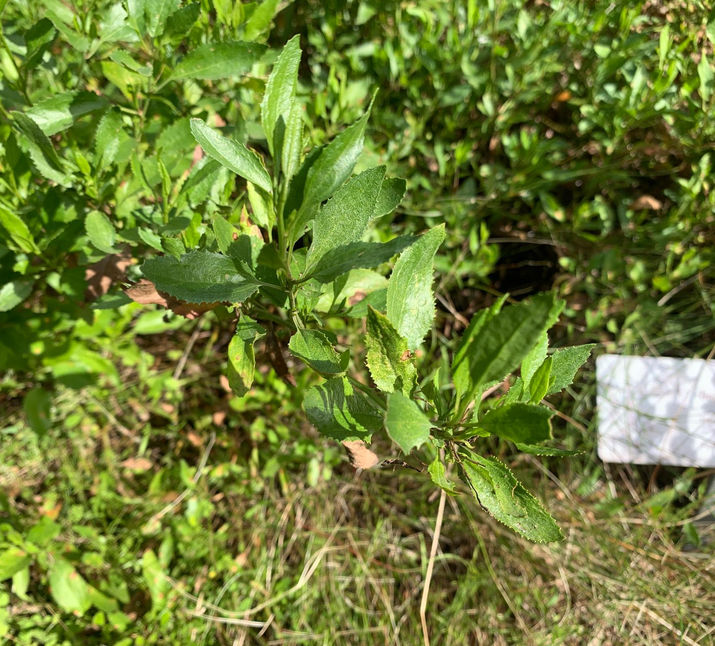Hawthorn, VIC

Wurundjeri Gardens
The Wurundjeri Gardens were founded by Dorothy Sutherland in 1990 as a showcase of locally native plants used by the Wurundjeri. Located along the bank of the Yarra River in Hawthorn, it showcases native trees, shrubs and grasses and signage educating visitors on Indigenous names for the plants and indigenous uses. It is planted to mimic how plants grow in the wild and has natural weed deterrence due to she-oaks and gum trees dropping their leaves into the soil below, creating acidic soil which is perfect for native plants. It is also community run, with the Friends of the Wurundjeri community group leading its maintenance.
Plants
Here are some of the plants we've observed at the space!
Experiences of Space
Lee North-Connor
The Wurundjeri Gardens can be a bit hard to find if you’re not looking for them already. Located next to the Riverside Grammar school, the gardens aren’t a place to be visited, with no parking except for the road, and barely any indication that they’re even there, except for a wire fence, a few plaques and a gravel footpath leading you there.
Coming to the gardens, it was clear they were designed this way intentionally: you follow a shallow wooden staircase down to get to the main area of the garden, which isn’t much more than a short dirt circuit around the space, through a wide variety of plants; but once I got down there, I couldn’t see the road at all, my view obscured by the tall trees and the slope surrounding us. There were a few spots inside the gardens with wooden benches to sit, and I enjoyed taking a moment to use them, stopping for a minute and enjoying the space in the moment.
Being there, closed in by the trees around us, it felt like I was sharing in a secret. I was reminded of times camping with my family when I was a child, where my sister and I would go out and play in the bush just outside the campsite where we thought the adults couldn’t find us. In those moments, the natural world was my space alone, and I felt like there was nothing else in the world. Now that I’m older, I imagine sitting in the gardens and sketching or reading instead of playing games, but the closeness I feel to the world around me in those moments is one that I’ll always treasure and want to seek out.
While we were there, we ran into two workers weeding together in the garden — they told us it was such a small space that they could weed it by hand, and it only required two people to visit the site monthly to maintain it. Seeing people there taking the time to keep the space free of invasive plants was incredible — I really felt the sense of care put into its upkeep.
The gardens were envisioned as a place to display native plants that someone could grow in their own garden, a vision I think they captured really well — many of the different plants had little plaques beneath them, with the plants’ Wurundjeri, English and scientific names (something that also inspired the design of our website), and describing their Indigenous uses. The levels to the gardens made this all the more functional, as in many places the plaques were around eye level on the slopes next to the path.
The only part of this that bothered me was the display: the plaques with Wurundjeri names put (Wurundjeri) in brackets — presenting them as abnormal in a way — and the ones without Wurundjeri names had no explanation. One of the aims of our project was to create a display that doesn’t other Indigenous cultures, so around the website, we’ve used the Wurundjeri names for plants where we have them without indication that they’re any more other than English or scientific names, and where we don’t have Indigenous names, we’ve added “Wurundjeri name unknown” to remind viewers of the loss of knowledge caused by colonisation.
Gallery
Below are some of our photos from visiting the space:







































